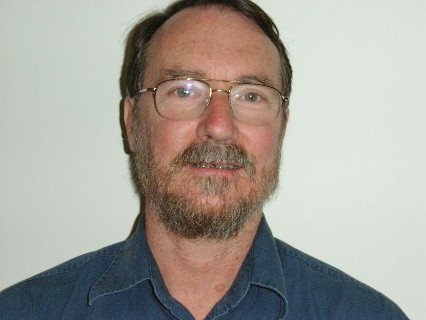Most people have heard the claim that we only use 10% of our brain. Not many know the origin of this story. It appears to be a garbled version of the fact than only about 10% of the brain's cells are neurons.
Neurons are what we usually think of when we talk about nerve cells. They have long processes called axons and dendrites which nerve impulses travel along. These impulses are waves of electrical discharges. There are gaps between neurons called synapses. Chemicals called neurotransmitters diffuse across these gaps allowing one neuron to activate the next one thus allowing a nerve impulse to continue across the gaps between nerve cells. But a neuron may need a complicated combination of inputs before it will transmit an incoming signal.
The rest of the cells in the brain and in the rest of the nervous system are called glial cells. They have a similar origin to neurons but don't have the axons and dendrites. They act as a skeleton, they insulate neurons from one another and they provide oxygen and nutrients to the neurons. The nervous systems support system.
Or so it was thought. Now it looks as if there is less difference between the glial cells and neurons than we thought there was. While as far as we know glial cells cannot generate the action potentials, the nerve impulses many do have synapses and release neurotransmitters. They are also involved in preventing the build up of released neurotransmitters and regulating the activity .of synapses. They also are involved in controlling the development of the nervous system.
It looks as if glial cells, especially the astrocytes (the most common type in the central nervous system) provide much (most?) of the slow processing aspects of the brain. Things that happen in seconds rather than fractions of a second. As well as the fast processing system provided by the neurons we have a possibly larger slower system intertwined with it everywhere or almost everywhere. A nervous system we didn't know we had.
I recently went to a talk on some current work on this. A very important part for very many people. It looks as if many, probably most cases of chronic pain stem from feedback loops among astrocytes in the dorsal horn of the spinal cord. A caution, this is new work and much of this hypothesis is inspired by in vitro experiments on nerve cells. Much needs to be done to confirm this.
Chronic pain is pain which persists after the injury or disease which originally caused it is gone. It is when rather than being the symptom of a disease the pain is the disease.
Pain is transmitted to the brain by parts of the dorsal horn of the spinal cord. As I understand it if there are a lot of pain signals coming in it appears that the astrocytes in these regions can get trapped in a feedback loop stipulating each other by the released neurotransmitters glutamate and ATP, especially the latter. In this state they continually excite the pain transmitting neurons even after there are no more pain signals coming in from the body. It's like pushing a throttle forward and finding that it is jammed there and you can't turn the motor off.
If this is correct then there is hope for chronic pain sufferers. We need to find a way to reset the spinal cord. I don't know how and I don't know when we will be able to do this. Not for a while but we should be able to do it.

No comments:
Post a Comment